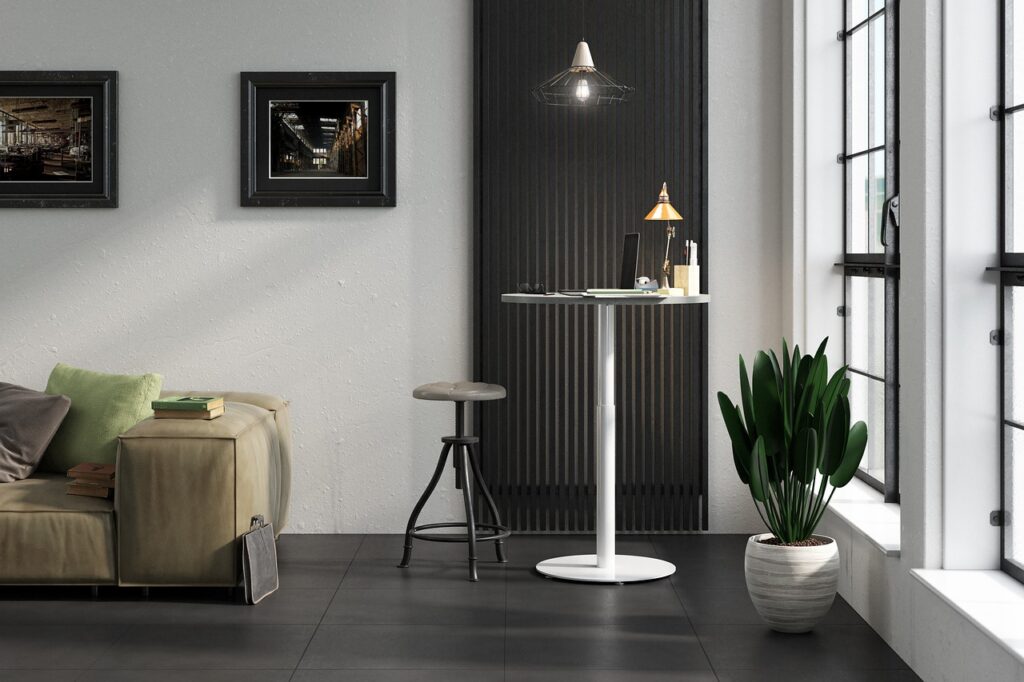In the competitive world of retail, where every square foot of space counts, the role of commercial interior design cannot be overstated. Retail spaces are more than just places to display products; they are strategic tools for influencing consumer behavior and driving sales. In this blog, we delve into the art and science of creating effective retail spaces and how design can impact consumer behavior, not only in retail but also in restaurants and offices.
The Retail Experience: Beyond Aesthetics
Successful retail interior design goes beyond aesthetics; it’s about crafting an immersive experience that captivates shoppers. A well-designed retail space tells a story, evokes emotions, and guides consumers on a journey through the brand’s offerings.
Influencing Buying Decisions
Commercial interior design has a profound impact on consumer behavior, influencing buying decisions in subtle yet significant ways. Strategic placement of products, attention to lighting, and thoughtful layout design can encourage shoppers to explore, engage, and make purchases.
Creating a Sense of Luxury: The Psychology of Design
Luxury office design shares common principles with retail interior design, as both aim to create an inviting and memorable atmosphere. The use of premium materials, innovative layouts, and attention to detail can elevate the perceived value of a space, leaving a lasting impression on clients and customers.
The Art of Restaurant Interior Design
In the realm of restaurant interior design, the ambiance and layout play a pivotal role in shaping the dining experience. Restaurant designers understand the power of lighting, seating arrangements, and decor in setting the mood and influencing diners’ choices, from what to order to how long to stay.
Retail Shop Interior Design: Balancing Form and Function
Retail shop interior design is a fine balance between form and function. Effective display solutions, smart storage, and ease of navigation are essential components. Designers must consider the practical aspects of retail while creating an appealing shopping environment.
The Role of Technology
In the digital age, technology integration is another dimension of commercial interior design. Interactive displays, touchpoints, and seamless online-to-offline experiences are becoming integral to retail spaces, enhancing consumer engagement and convenience.
Measuring Success: Data-Driven Design
The impact of design on consumer behavior can be quantified through data analytics. Retailers, office managers, and restaurateurs are increasingly relying on data-driven insights to refine and optimize their spaces for better performance and customer satisfaction.
Designing for Impact
In conclusion, commercial interior design is a potent tool for shaping consumer behavior across various sectors, from retail to office spaces and restaurants. The art of design goes beyond aesthetics, embracing psychology, functionality, and technology to create spaces that engage, influence, and enhance the overall experience. Whether it’s encouraging shoppers to make a purchase, creating an inviting workspace, or setting the mood for a memorable dining experience, design remains a key driver of success in today’s competitive business landscape. Explore the possibilities of design, and harness its transformative power to leave a lasting impression on customers, clients, and guests.





